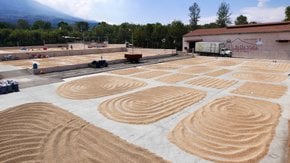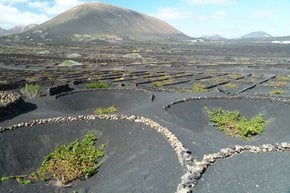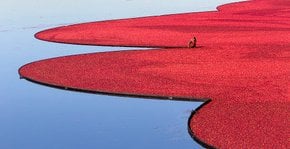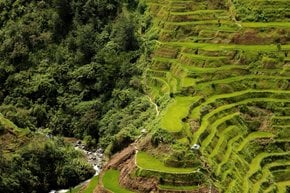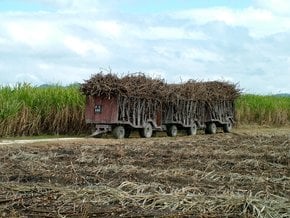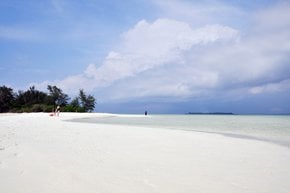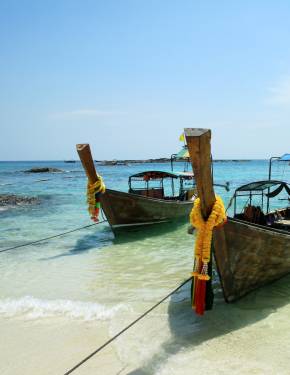Rice Terraces in Indonesia 2025-2026
Visit iconic lush green rice paddies where farming is still done the same way it was hundreds of years ago
Best time: October–March
Rice is the main crop in Indonesia and one of the most important exports. Indonesia ranks as the third-largest producer of rice in the world. Rice cultivation occupies around 10 million ha throughout the country and has been a staple for locals since ancient times. In the 80s, around 100 million people in Indonesia considered rice as their main source of food.
The largest rice cultivation takes place in the southern provinces of Sumatra and Sulawesi. West Java, East Java, and Central Java also host some of the largest rice plantations in the country. If you are interested in seeing the beauty of Indonesian rice fields, there are plenty of options since many rice fields welcome visitors.
The most beautiful rice terraces are located in Bali island. Tegalalang is one of the most beautiful rice fields in all of Asia. It is located in the northern area of Ubud at an altitude of 600m. Alternatively, you can visit Jatiluwih, Belimbing, Pupuan or Tirta Gangga terraces.
Rice is planted and harvested twice a year in Ubud. Planting seasons are from January to February and July to August. Harvesting takes place from April to May and October to November. It is during these times that you can observe some activities in the fields. If you are looking for the iconic lush emerald rice terrace, it's best to come during the wet season from October to March.











